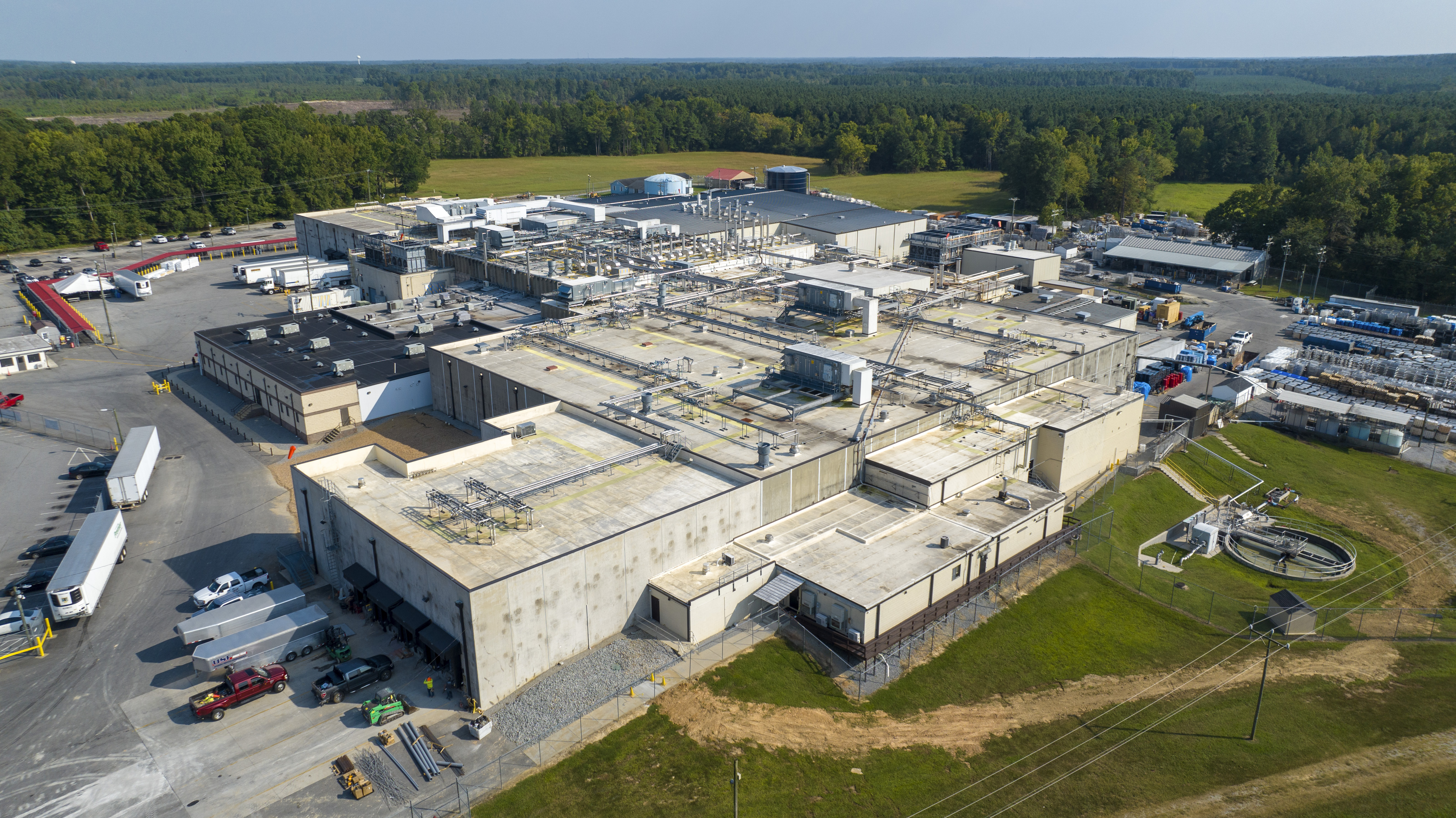(WJET/WFXP) — Farmers’ Almanac has released its predictions for the 2024-25 winter season, calling for a “wet winter whirlwind” to come — but we haven’t even seen the end of summer. How accurate are these winter predictions several months out?
Both the Farmers’ Almanac and the Old Farmer’s Almanac — two separate publications — claim to be 80% accurate with their forecasts. But a study conducted by John E. Walsh and David Allen, published in the 1981 edition of Weatherwise, showed that only 50.7% of the monthly temperature forecasts and 51.9% of the precipitation forecasts panned out correctly. This is essentially the same as flipping a coin for each day.
The methods the two big-name almanacs use to make their predictions are somewhat opaque. The Farmers’ Almanac says it does not use “computer satellite tracking equipment, weather lore, or groundhogs,” but instead employs “a specific and reliable set of rules” developed in 1818. It “takes into consideration things like sunspot activity, tidal action of the Moon, the position of the planets, and a variety of other factors,” the publication explains.
The Old Farmer’s Almanac says its formula, created in 1792, uses solar science (observing sunspots and solar activity), climatology, and meteorology to develop its long-range forecasts. They compare “solar patterns and historical weather conditions with current solar activity.”
The National Weather Service’s Climate Prediction Center releases its own long-range seasonal forecast, but it isn’t determined so far in advance. This year’s winter forecast (covering December 2024 through February 2025) won’t be released until late November.
Even those forecasts won’t be able to predict exact events, like snowstorms and blizzards.
“It’s just not possible to do that,” Jon Gottschalck, Operational Prediction Branch Chief at NOAA’s Climate Prediction Center, told Nexstar.
This year’s winter outlook, when it does come, will likely be largely influenced by a major climate pattern known as La Niña, which is expected to take hold over the next few months and strengthen by winter.
During a La Niña year, winter temperatures are warmer in the Southeast and cooler in the Northwest.
La Niña brings cooler waters off the West Coast, which brings cold, nutrient-rich water to the surface. These cold waters push the Polar Jet Stream northward, increasing the chance of drought in the Southern U.S., and heavy rain and flooding in the Pacific Northwest and Canada.

A La Niña year is also associated with a more severe hurricane season, which could be a concern this year.
While the official winter outlook is still months away, the Climate Prediction Center has released its forecast for fall. It calls for hot weather nearly everywhere, but the chances for heavy precipitation are more mixed. (See a map of your state’s outlook here.)



























































